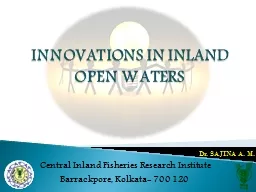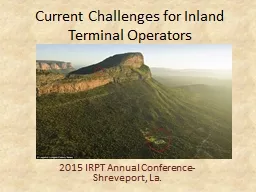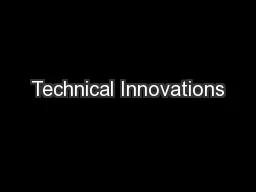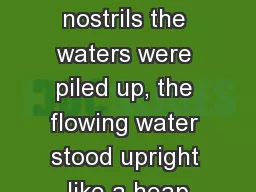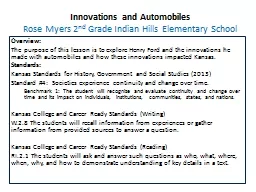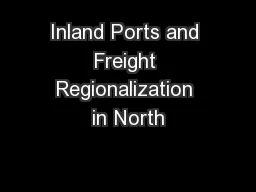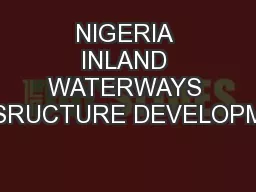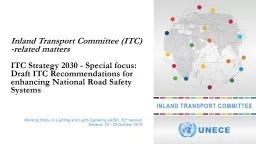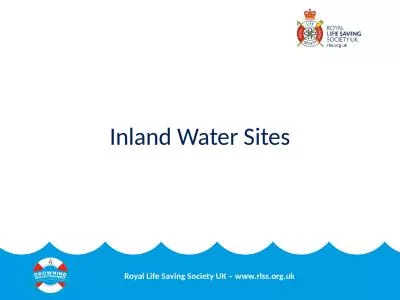PPT-INNOVATIONS IN INLAND OPEN WATERS
Author : kittie-lecroy | Published Date : 2016-02-28
Central Inland Fisheries Research Institute Barrackpore Kolkata 700 120 Dr SAJINA A M Inland open waters of Meghalaya Rivers amp canals 5600 Km Reservoirs 008
Presentation Embed Code
Download Presentation
Download Presentation The PPT/PDF document "INNOVATIONS IN INLAND OPEN WATERS" is the property of its rightful owner. Permission is granted to download and print the materials on this website for personal, non-commercial use only, and to display it on your personal computer provided you do not modify the materials and that you retain all copyright notices contained in the materials. By downloading content from our website, you accept the terms of this agreement.
INNOVATIONS IN INLAND OPEN WATERS: Transcript
Download Rules Of Document
"INNOVATIONS IN INLAND OPEN WATERS"The content belongs to its owner. You may download and print it for personal use, without modification, and keep all copyright notices. By downloading, you agree to these terms.
Related Documents

